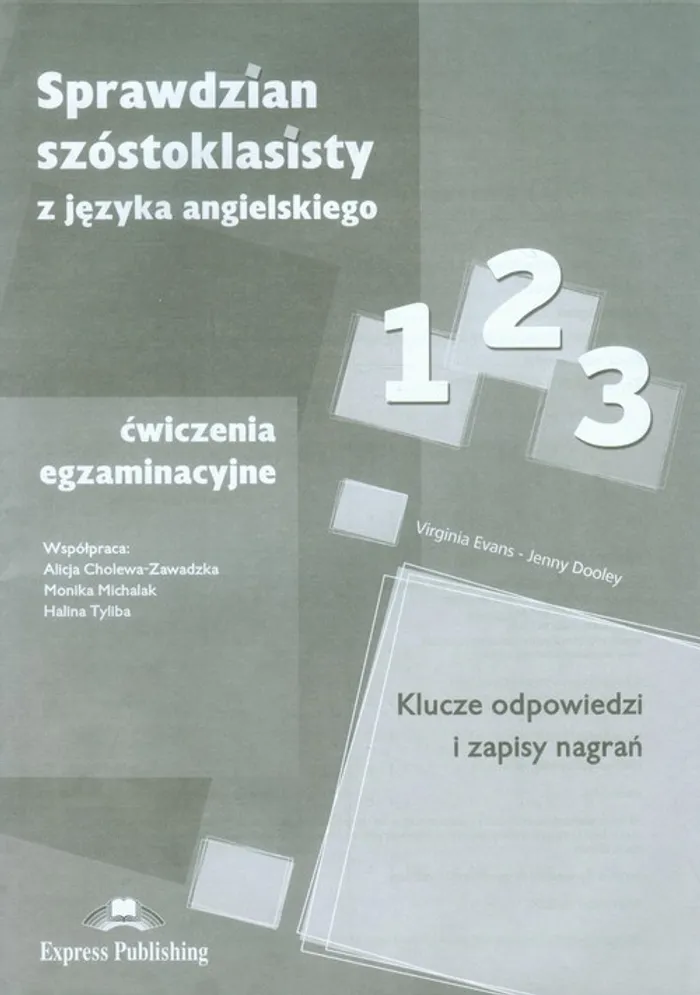Podobnie Czyli Jak W Wypadku ŻydówPosted by sprawozdania opisy on January 27th, 2021 Is texture an important parameter for you? J.B.: Probably not instrumental texture anymore. I’m uwag one of these composers obsessed with spatial things in music, I generally stay away from it, because I don’t feel like it’s a very strong parameter (for me anyway) and I really hate it when sound is manipulated extensively in terms of space using lots of loudspeakers. It used to be a very important thing for me, but in i way, in terms of timbre and texture, the electronic part has replaced instrumental music and nowadays often, but not always, the instrumental part is doing something relatively simple and the timbres and the textures are relatively simple. But even before I began this process, I thought electronically. Even if there is no reason toż do this, we think of low notes as being down and high notes as being up. My mother was a visual artist, she wasn’t particularly famous, but she loved art and even when I was a little girl, she dragged me kicking and screaming to galleries. When and why did you start and what does it mean to be an electronic music composer? A.G.: You once said that you had been an electronic music composer long before you started to compose electronically. He liked slowing things down, he liked carillons, music boxes, and his favourite composer was Brahms. The piece is an homage to an Italian composer, Aldo Clementi, who always slowed things down, but in a rallentando kind of way, not in the electronic music sense of slowing down and lowering the pitch. Somehow it must have gone into my mind, but it took me a while to have the opportunity to put together all the equipment that I needed to make electronic music, especially electronic music that went with live instruments, because I was poor. My teacher always told me that I compose my instrumental music electronically, rather than idiomatically, thinking about sounds changing, and masses of sound, and textures changing. I told my mother about it, she went in, but she didn’t understand what I was talking about. tutaj did try different symphonies by other classical composers, I tried Mozart’s no.40, I tried Beethoven, but in fact this is the one that gave me the best result. Everything is different now. So it used to be an important parameter in terms of my instrumental writing, but now I think I leave it to the electronic part… It was very difficult to see, it was really quite a low level of light, and there was not so much sound, but things came into view every now and again. There’s a very interesting short story written in the early 20th century by an English science-fiction writer, Olaf Stapledon, The World of Sounds, where a man dreams that he is in a world made of sound and then all the sounds are given parameters of up and down, and sideways, and thin and thick, and it’s quite interesting to read that, because it was written long before anybody started doing that type of work. So it’s very site specific and very time specific as well… It was actually a scary piece as well and I found it completely amazing. A.G.: Actually I thought about texture rather in a spatial context. In a field recording there are infinitely complex changes in timbre and texture. 
Do you think about texture in i spatial context? When I listen to fragments of your music, for example "Symphony-Street-Souvenir", I think of the changing of textural shapes and different harmonic planes there. J.B.: I had an idea that I wanted to try different types of material and just slow them down continuously to see what happened. There was a strange kind of box-hut just outside the gallery overlooking Waterloo Bridge. J.B.: That’s hard. There is a kind of conceptual space, isn’t there? J.B.: Sometimes Także do freeze sound, that’s a technique that I used to use quite a bit, but not necessarily „freezing time”… But that was quite an early exposure to video-art. I went to the lectures that were on electronic music, where I absorbed some ideas to do with thinking about sound first, not quite scientifically, but bearing in mind the scientific qualities of the sound. I had one installation and that was a camera obscura installation, but not a theatrical one, but an outside one. Then I thought: oh why not, the new music world could do with a camera obscura piece. At that time nobody had a fantastic home computer, the only ones I could work with were those in the Sonology Departament. Certainly 15 years ago I had the impression that I had to make instrumental music and that I shouldn’t stray from this path. That had an influence on me. It’s hard to say how it began exactly, probably I’ve always had a major desire to make visual work. How do you use the microphones? I use trial and error a lot in my music. rozprawka wanted to change the character of the music and I used trial and error to find the best source material. You used a quotation from his 1st "Symphony in Symphony-Street-Souvenir". A.G.: How much time did you need to "visualise" your idea? J.B.: Before I wrote Analogue (2011) I started a project with a friend of mine in 2007 and that’s how we learned to make a theatre-based camera obscura, we did i piece with it. Although it loops, the material that’s going in is always changing. At that moment I realised that I was going to try to make something with camera obscura. I went in and then I saw on the screen that the world was upside down, and that was my first camera obscura experience, and again it was a completely sensory experience, I was overwhelmed by it. Like it? Share it! |


